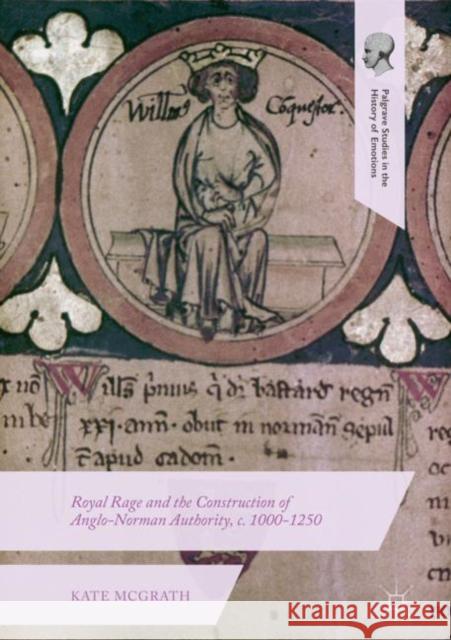Royal Rage and the Construction of Anglo-Norman Authority, C. 1000-1250 » książka
topmenu
Royal Rage and the Construction of Anglo-Norman Authority, C. 1000-1250
ISBN-13: 9783030112226 / Angielski / Twarda / 2019 / 220 str.
Royal Rage and the Construction of Anglo-Norman Authority, C. 1000-1250
ISBN-13: 9783030112226 / Angielski / Twarda / 2019 / 220 str.
cena 322,77 zł
(netto: 307,40 VAT: 5%)
Najniższa cena z 30 dni: 308,41 zł
(netto: 307,40 VAT: 5%)
Najniższa cena z 30 dni: 308,41 zł
Termin realizacji zamówienia:
ok. 22 dni roboczych
Bez gwarancji dostawy przed świętami
ok. 22 dni roboczych
Bez gwarancji dostawy przed świętami
Darmowa dostawa!
Kategorie BISAC:
Wydawca:
Palgrave MacMillan
Seria wydawnicza:
Język:
Angielski
ISBN-13:
9783030112226
Rok wydania:
2019
Wydanie:
2019
Ilość stron:
220
Waga:
0.42 kg
Wymiary:
21.01 x 14.81 x 1.42
Oprawa:
Twarda
Wolumenów:
01
Dodatkowe informacje:
Wydanie ilustrowane











